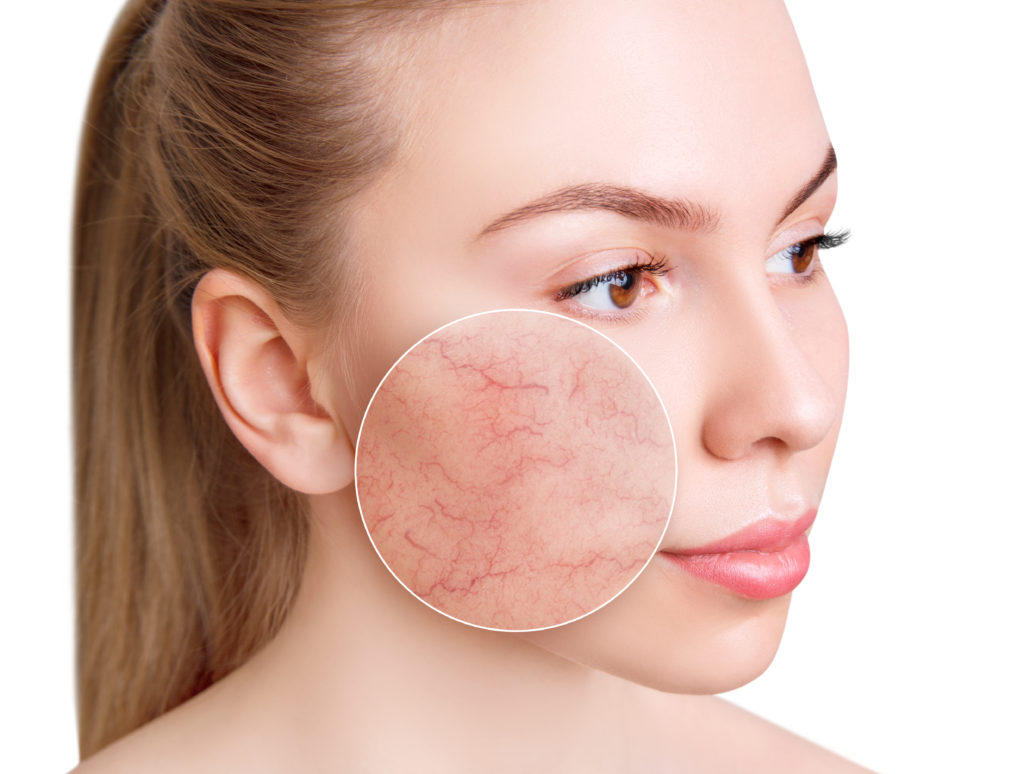Rosacea typically appears on the face. All of your face, not just your nose and chin, will turn red. With continued exposure, the redness may become more noticeable and ruddy. Your tiny blood vessels may be visible.
Some unusual places where rosacea has been seen are the chest, ears, neck, and scalp. If rosacea is not treated, it can result in red, solid bumps and pus-filled pimples. A swollen, bulbous nose, known medically as rhinophyma, is a common symptom of this condition. Caused by the irritation of rosacea, the eyes may become bloodshot or watery. You may have a stye. Ocular rosacea is the medical term for what you’re experiencing.
According to recent surveys, about 14 percent of the U.S. population has rosacea. Most people who experience these circumstances have no idea what it is. You’ll be better positioned to deal with future flare-ups if you learn what’s triggering them.
Which Demographic Is Likely To Encounter Rosacea?
People with fair skin who blush easily may be at a higher risk for the disorder. However, rosacea can also affect those under 30 and, extremely rarely, even younger children—a higher propensity to develop rosacea if it runs in one’s family.
Men are more likely to have intense symptoms from rosacea than women are, even though more women are diagnosed with the condition. Men are less likely to pursue medical engagement for rosacea until the situation has worsened, which may define why it is more common in women.
Causes, Signs, And Symptoms
Many hypotheses about what may set off a rosacea outbreak exist, but no one knows. Many researchers believe rosacea is just one manifestation of deeper vascular problems. It has also been pointed out that a malfunction of the connective tissue beneath the skin, microscopic skin mites, fungus, psychological factors, and a malfunction of the skin itself could all play a role. However, rosacea can be triggered by several social and environmental factors, and its precise origins are still unknown.
How rosacea manifests itself varies widely from person to person. Often, only some of the possible symptoms are displayed. When diagnosed with rosacea, you’ll constantly be experiencing at least one of the following symptoms. It’s possible that various tertiary symptoms could emerge as well.
The most prominent symptoms of rosacea are:
- One of the most familiar signs of rosacea is an increased propensity to flush easily. Fluctuating facial redness is one of the earliest indicators of this condition.
- Persistent facial redness can look like a constant blush or sunburn.
- There are times when red bumps or pimples appear on the skin. Even though the bumps might look like acne, no blackheads are involved. There may be a stinging or burning feeling.
- The visible appearance of small blood vessels on the skin is a common symptom of rosacea.
In addition to the above, the following may also be symptoms of rosacea:
- In some cases of rosacea, the eyes may water excessively or appear bloodshot. As a result of ocular rosacea, the eyelids may become red, puffy, and even develop styes. Severe cases can cause permanent corneal damage and eventual blindness if left untreated.
- Symptoms include itching, tightness, and burning or stinging in the face.
- Skin that appears rough and dehydrated is more common in the face’s central region.
- Plaques are characterized by red, raised patches of skin that may appear independently of any other skin changes.
- Some people with rosacea develop thickened skin, known medically as rhinophyma, due to excess skin and tissue accumulation. Having this condition causes the nose to look disproportionately large.
- Swelling of the face, also known as facial edema, can be a sign of rosacea, or it can occur for no apparent reason.
- As well as the face, symptoms may manifest in the neck, chest, scalp, and ears.
Diagnosis And Treatment
To diagnose your condition, your doctor will take an exhaustive medical history and conduct a physical exam. If you’re feeling any pain in your face, let the doctor know (redness, bumps or pimples, burning, itching, etc.). Unfortunately, there is no single diagnostic examination for rosacea.
There is no one-size-fits-all treatment for rosacea because its causes and manifestations vary from person to person. Rosacea sufferers can choose from a wide range of treatment methods, including:
- The doctor can prescribe oral and topical medications to alleviate the bump, pimple, and redness. The medicine allows for the disease to be managed and kept in remission.
- Surgeons can use lasers to remove blood vessels that cause blemishes, lessen redness in the face, and even reconstruct a broken nose.
Covering Rosacea With Makeup
Makeup available at drugstores and pharmacies may help hide the redness caused by rosacea. Since there are numerous subtypes of rosacea, it’s best to discuss your options for treatment with your dermatologist. One such instance is as follows:
- If your skin is primarily red, you may benefit from using a moisturizer that does not require a prescription.
- The vascular laser can significantly improve the condition by closing off the tiny blood vessels that cause rosacea’s redness and flushing.
- Facial and body redness and small, pimple-like lesions that become inflamed in response to environmental triggers, specific foods, etc., characterize the papulopustular form of rosacea. Typically, doctors will prescribe a topical antibiotic cream and an oral antibiotic to treat the infection and inflammation, respectively.
Anyone who suffers from rosacea should apply sunscreen to their skin every day, as direct sunlight aggravates the skin condition.
Prevention
Since its cause is mysterious, rosacea cannot be avoided. Learning to identify and prevent the specific environmental and behavioral factors that worsen one’s rosacea condition increases the likelihood of long-term remission. A few possible triggers include:
- Exposure to weather conditions (wind and sun).
- Due to emotional or mental stress.
- Temperature changes are dramatic.
- Exercising regularly and vigorously.
- Use of alcoholic beverages.
- Steaming hot water
Addressing Your Rosacea Concerns
Though its origin is a mystery, rosacea can be controlled and even cured with the proper medical care. Get in touch with High Life Integrative Medicine’s rosacea experts if you have any questions and would be interested in our services and the resources we offer to address these concerns.


